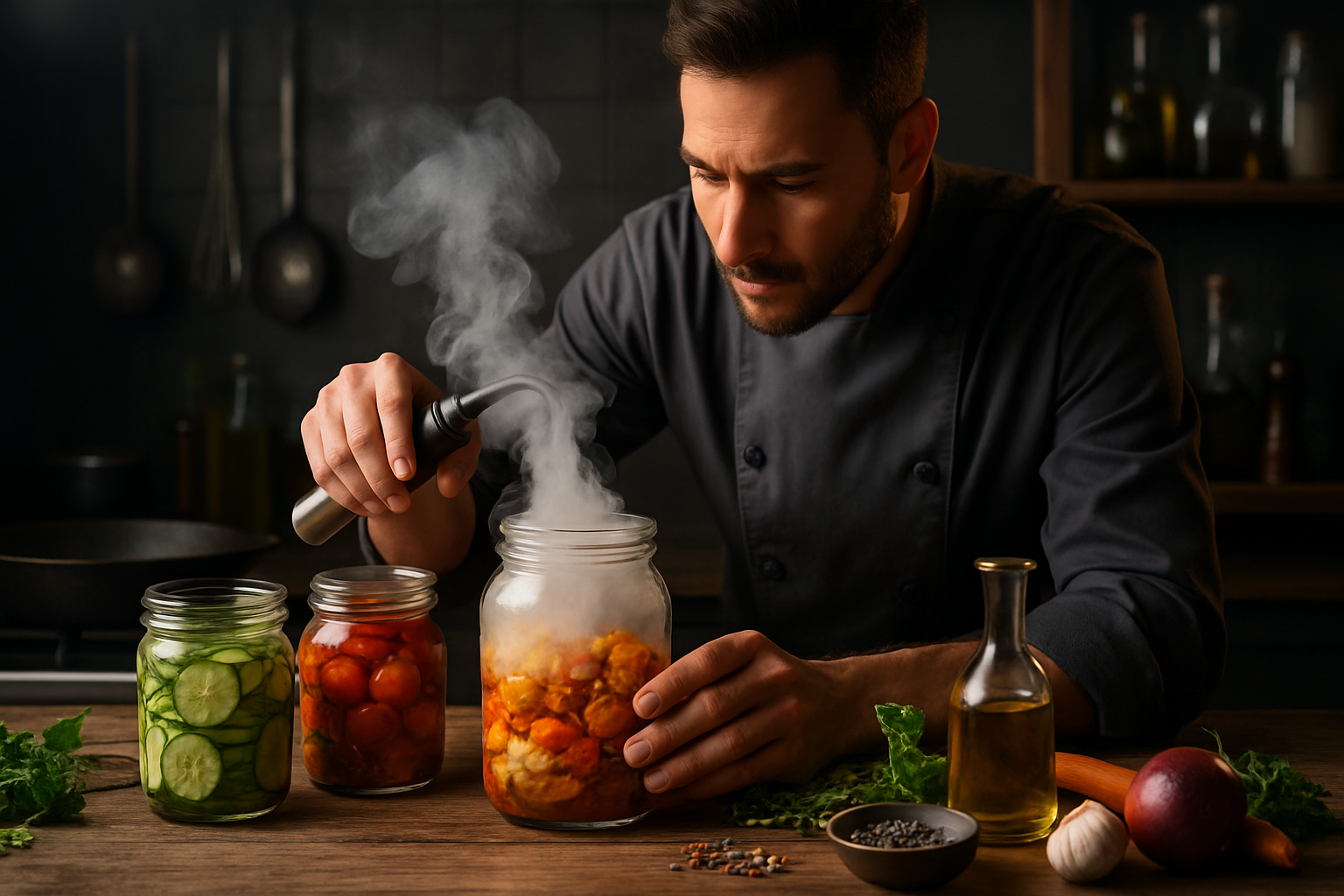Preservation Techniques: From Pickling to Controlled Fermentation
Preserving food extends shelf life, captures seasonal flavors, and supports sustainable mealprep. From simple salt-and-vinegar pickling to controlled fermentation with starter cultures, these approaches transform ingredients while retaining nutrition and adding depth to beverages, baked goods, and savory dishes.

What is fermentation in gastronomy?
Fermentation is a biochemical process where microorganisms—such as bacteria, yeasts, or molds—convert sugars and other compounds into acids, alcohols, and gases. In gastronomy, controlled fermentation is applied to enhance flavors, develop unique textures, and increase the longevity of ingredients. Examples include sauerkraut, kimchi, sourdough, and yogurt. Proper temperature, sanitation, and ingredient ratios are key to predictable results and consistent flavors in culinary applications.
How does pickling support preservation?
Pickling uses acid, salt, or a combination to inhibit spoilage organisms and preserve the crispness and flavors of vegetables, fruits, or proteins. Quick pickles (refrigerated vinegar brines) are useful for immediate mealprep and adding bright, tangy notes to dishes. Fermented pickles rely on lactic acid bacteria to lower pH over days or weeks; these offer complex, tangy flavors and probiotic potential when made and stored correctly. Both methods can extend seasonal produce beyond peak harvest.
Which techniques suit seasonal produce and sustainability?
Seasonal preservation prioritizes minimal waste and energy use. Canning, freezing, drying, pickling, and fermentation each have roles depending on the ingredient. For leafy greens and herbs, drying or blanched freezing works well. For root vegetables and cucurbits, fermenting or canning preserves texture and flavor. Choosing methods that require less energy or reuse containers contributes to sustainable kitchen practices and supports a more resilient food supply.
How to use fermentation in beverages and baking?
Fermentation underpins a range of beverages—kombucha, kefir, and low- or high-alcohol brews—by converting sugars into organic acids or alcohol. In baking, sourdough uses naturally fermented starter cultures to leaven bread and develop flavor and structure. Controlled fermentation for beverages and baking depends on selecting appropriate cultures and managing time and temperature. Clean equipment and careful monitoring reduce the risk of off-flavors or spoilage.
How can mealprep, nutrition, and flavors benefit?
Preservation can make mealprep more efficient by providing ready-to-use components: fermented condiments, pickled vegetables, and frozen stocks speed cooking. Fermentation can increase the bioavailability of certain nutrients and create new flavor compounds, while pickling locks in crunch and acidity that balance richer elements in a meal. Attention to salt and sugar levels helps maintain nutrition goals when incorporating preserved foods into regular meal plans.
What practical recipes and cooking techniques to try?
Start with simple, low-risk projects: quick refrigerator pickles for cucumbers or radishes; a basic sauerkraut using shredded cabbage and salt; or a sourdough starter maintained with regular feedings. For beverages, small-batch kombucha or water kefir offers approachable entry points. When experimenting, document ingredients, timings, and temperatures so recipes can be replicated. Cleanliness, quality of ingredients, and patience are central to successful transformation of flavors and textures.
This article is for informational purposes only and should not be considered medical advice. Please consult a qualified healthcare professional for personalized guidance and treatment.
Preservation techniques are tools for extending the life of ingredients, deepening gastronomy knowledge, and creating pantry variety. Whether you favor quick pickles for a week of meals or controlled fermentation for long-term development of flavors, consistent technique and attention to safety produce reliable, flavorful results that support seasonal and sustainable cooking.





